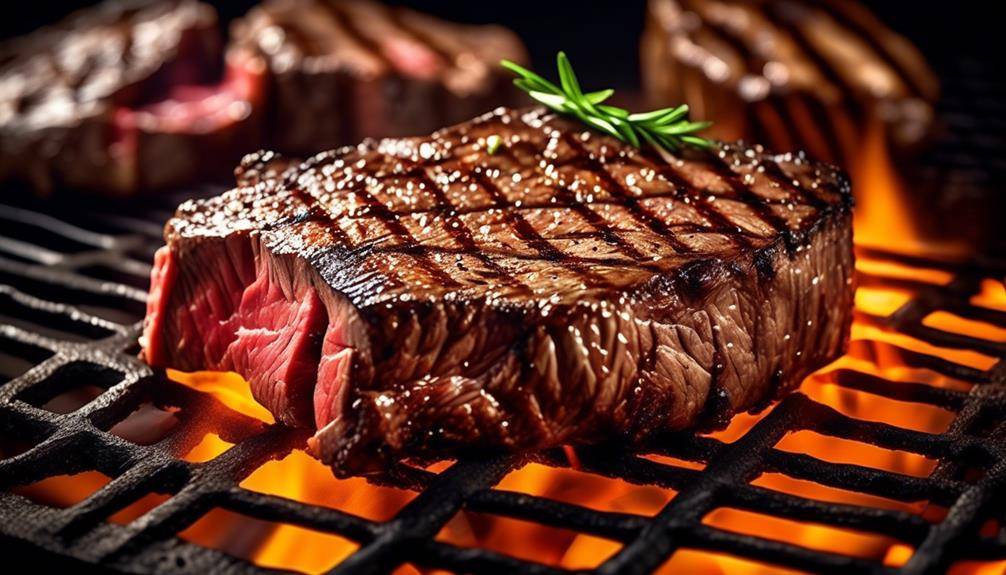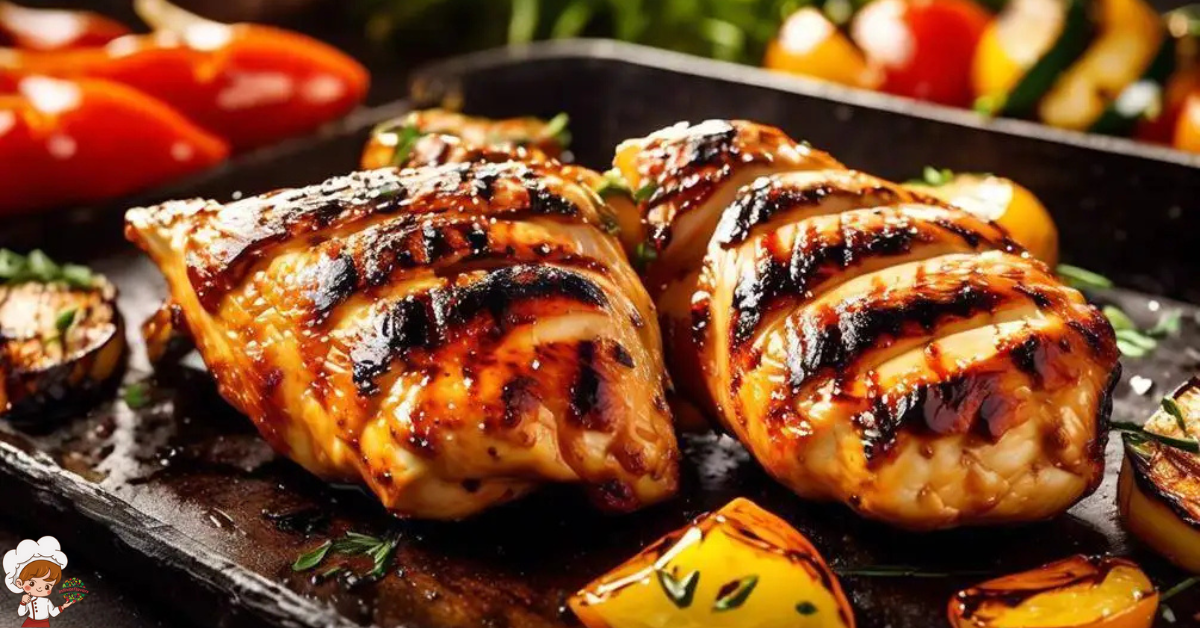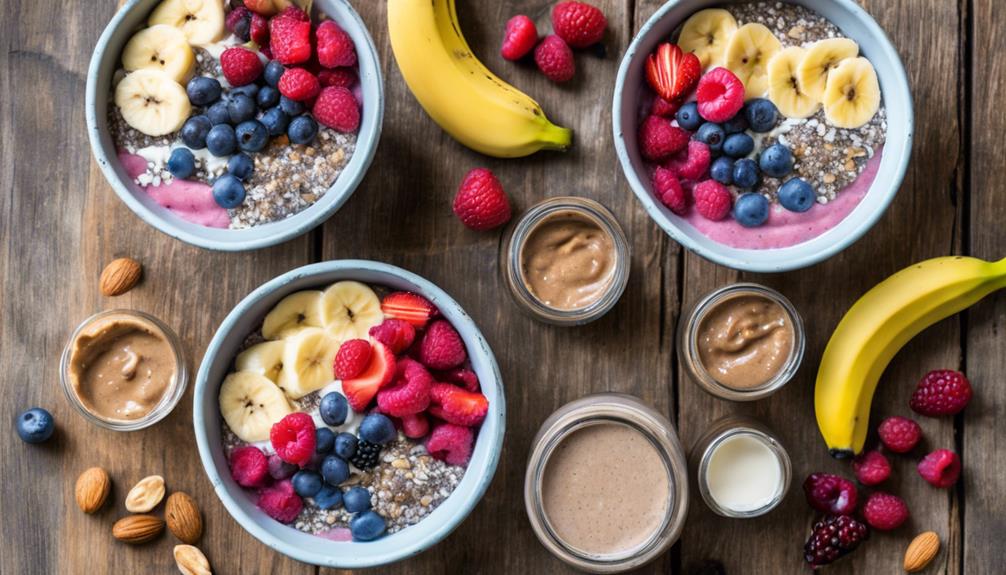Best Grilling Techniques For Steak

Best Grilling Techniques For Steak; When it comes to grilling steak, you want to make sure you’ve got the best techniques down pat. Choosing the right cut, preparing the steak, seasoning it to perfection – these are just a few factors that can make or break your grill game. But fear not, because we’re here to guide you through the process and help you achieve steak perfection. So grab your apron and fire up that grill, because we’ve got some juicy tips and tricks coming your way.
Choosing the Right Cut
To ensure a perfectly grilled steak, it is crucial to select the right cut of meat for your desired level of tenderness and flavor. The cooking method you choose will also play a role in determining the best cut for your needs. When it comes to grilling, there are a few cuts that stand out as popular choices.
One of the most commonly grilled cuts is the ribeye. Known for its marbling and rich flavor, the ribeye is a favorite among steak enthusiasts. It is best cooked using direct heat on a hot grill to achieve a delicious crust on the outside while maintaining a juicy and tender interior.
If you prefer a leaner cut, the strip steak is an excellent option. This cut comes from the short loin and offers a balance of tenderness and flavor. Cooking methods such as searing or grilling over high heat work well for strip steaks, as they allow for a caramelized exterior while preserving the natural juices.
For those seeking a more tender and melt-in-your-mouth experience, the filet mignon is the cut to go for. Its tenderness is unmatched, and it is often cooked using indirect heat to slowly bring it to the desired internal temperature. This cut is perfect for those who prefer their steak cooked to medium-rare or medium.
When selecting your cut of meat for grilling, always consider the cooking method you plan to use. Different cuts respond better to certain techniques, and knowing these nuances will help you achieve the perfect steak every time.
Preparing the Steak
Now that you have chosen the right cut of steak, it’s time to prepare it for grilling. One important step is marinating the steak, which helps to tenderize and infuse it with flavor. Additionally, seasoning the steak with a blend of herbs and spices will enhance its taste and create a delicious crust when grilled.
Marinating the Steak
Consider marinating your steak to enhance its flavor and tenderness before grilling. Marinating is a technique that involves soaking the steak in a flavorful liquid, allowing the flavors to penetrate the meat and tenderize it. There are various marinating techniques you can try, such as using a simple combination of oil, acid (like vinegar or citrus juice), and seasonings.
The marinating time depends on the thickness of the steak and the desired flavor intensity. For thinner cuts, marinating for 30 minutes to an hour is usually sufficient. Thicker cuts may require several hours or even overnight for optimal results. Remember to marinate the steak in the refrigerator to prevent bacterial growth. Experiment with different marinades to find your favorite combination of flavors.
Seasoning the Steak
Enhancing the flavor and tenderness of your steak begins with properly seasoning the meat. Seasoning is a crucial step in the grilling process, as it adds depth and complexity to the taste of the steak. There are several grilling techniques and flavor enhancers that you can use to elevate the flavor profile of your steak. One popular method is to create a dry rub by combining salt, pepper, garlic powder, and other herbs and spices. This dry rub can be applied generously to both sides of the steak before grilling.
Alternatively, you can use a wet marinade, which involves marinating the steak in a mixture of oil, vinegar, herbs, and spices. Whichever method you choose, be sure to season your steak well in advance to allow the flavors to penetrate the meat and create a delicious, mouthwatering result.
Seasoning Techniques
To enhance the flavor of your steak, try incorporating different seasoning techniques. Proper seasoning is essential for achieving a mouthwatering steak that is bursting with flavor. Whether you prefer a simple salt and pepper rub or want to experiment with more elaborate flavor profiles, there are several grilling tips that can help you achieve the perfect seasoning for your steak.
One popular seasoning technique is using a dry rub. Dry rubs typically consist of a mixture of spices, herbs, and other seasonings that are applied directly to the surface of the steak. This allows the flavors to penetrate the meat and infuse it with a delicious blend of seasonings. You can create your own dry rub using ingredients like paprika, garlic powder, onion powder, cayenne pepper, and brown sugar. Experiment with different combinations to find your favorite flavor profile.
Another great seasoning technique is marinating the steak. Marinating involves soaking the steak in a mixture of oil, acid (such as vinegar or citrus juice), and various spices and herbs. This not only adds flavor but also helps to tenderize the meat. For best results, marinate the steak for at least 30 minutes or up to overnight in the refrigerator. Be sure to pat the steak dry before grilling to ensure a nice sear.
One final seasoning technique to consider is using a flavored butter or sauce. These can be applied to the steak before, during, or after grilling to add an extra layer of flavor. Flavored butters can be made by combining softened butter with herbs, spices, and other flavorings. For sauces, you can choose from options like chimichurri, barbecue sauce, or a simple pan sauce made from the drippings of the steak.
Preheating the Grill
Before you start grilling your steak, it’s crucial to preheat your grill properly. Maintaining the right temperature is key to achieving a perfectly cooked steak. By preheating the grill, you ensure that it reaches the desired level of heat, allowing for optimal searing and flavor development. Remember to follow the recommended cooking times for your desired doneness to achieve the best results.
Grill Temperature Control
To ensure the optimal grilling experience, it is crucial to properly preheat your grill before cooking your steak. Once your grill is preheated, the next step in achieving a perfectly cooked steak is maintaining the right grill temperature. Controlling the heat intensity is essential to achieve the desired level of doneness and prevent overcooking or undercooking your steak.
To maintain the grill temperature, start by adjusting the burner knobs or dampers to regulate the airflow. Opening the dampers will increase the oxygen supply and raise the heat, while closing them will reduce the heat intensity. Keep an eye on the temperature gauge to ensure it stays within the desired range.
If the grill temperature is too high, you can decrease it by turning down the burner knobs or closing the dampers partially. On the other hand, if the temperature is too low, you can increase it by opening the dampers fully or turning up the burner knobs.
Cooking Time Recommendations
Once you have properly preheated your grill and controlled the temperature, it is time to explore the recommended cooking times for achieving the perfect steak. The grill temperature plays a crucial role in determining how long you should cook your steak. For a medium-rare steak, which is the preferred doneness for many, you should aim for a grill temperature of around 400°F. This will ensure that the steak cooks evenly and develops a beautiful crust while keeping the inside tender and juicy.
As a general rule, you should cook a one-inch thick steak for about 4-5 minutes per side for medium-rare. Remember to flip the steak only once to achieve those coveted grill marks. However, it is important to adjust the cooking time based on the thickness of the steak and your desired level of doneness.
Achieving the Perfect Grill Marks
For the perfect grill marks on your steak, expertly sear it on a hot grill. Grill marks not only add visual appeal to your steak but also enhance its flavor by achieving a delicious charred taste. Achieving the perfect grill marks requires a combination of heat, timing, and technique.
Firstly, preheat your grill to a high temperature, around 450-500°F (232-260°C). This ensures that the grill grates are hot enough to create those beautiful sear marks on your steak. It is important to let the grill preheat for at least 10-15 minutes to ensure even heat distribution.
Next, lightly oil the grill grates to prevent the steak from sticking and to enhance the sear marks. A high smoke-point oil like canola or vegetable oil works best for this purpose. Use a brush or a paper towel to apply the oil evenly on the grates.
Now, place your steak on the hot grill at a 45-degree angle to the grates. This will create the classic diagonal diamond pattern grill marks. Allow the steak to sear for about 2-3 minutes without moving it. This initial sear ensures that the grill marks develop properly and that the steak forms a flavorful crust.
After the initial sear, use tongs to rotate the steak 90 degrees to create crosshatch grill marks. This step adds an extra level of visual appeal to your steak. Continue grilling for another 2-3 minutes before flipping the steak to cook the other side.
Monitoring Internal Temperatures
Now that you have achieved those perfect grill marks on your steak, it is essential to monitor its internal temperature to ensure it is cooked to your desired level of doneness. Using a meat thermometer is the most accurate and reliable way to determine the internal temperature of your steak. There are various types of meat thermometers available, but the instant-read thermometer is the ideal choice for grilling. It provides quick and accurate temperature readings, allowing you to monitor the progress of your steak without having to constantly open the grill and lose heat.
When it comes to selecting the best grilling methods, there are a few options to consider. One popular technique is the indirect grilling method. This involves placing the steak on a cooler part of the grill and cooking it slowly over indirect heat. This method is ideal for thicker cuts of steak, as it ensures even cooking and prevents the exterior from charring before the interior reaches the desired temperature.
Another grilling method to consider is the reverse sear method. This involves first cooking the steak over indirect heat until it reaches a few degrees below the desired internal temperature, and then finishing it off over high heat to achieve a delicious sear. This method is perfect for achieving a perfectly cooked steak with a flavorful crust.
When monitoring the internal temperature of your steak, it is important to insert the meat thermometer into the thickest part of the steak, away from any bones or fat. Aim to reach the desired internal temperature for your desired level of doneness. For example, for a medium-rare steak, the internal temperature should be around 130-135°F (54-57°C).
Resting the Steak
After grilling your steak to perfection, it is crucial to allow it to rest before serving. Resting time is an often overlooked step in the cooking process, but its importance should not be underestimated. When you rest your steak, you give it time to redistribute its juices, resulting in a more flavorful and tender piece of meat.
Resting the steak allows the muscle fibers to relax and reabsorb the juices that have been forced to the center of the meat during the grilling process. The resting time can vary depending on the size of the steak, but a general rule of thumb is to let it rest for about 5 to 10 minutes. This allows the juices to evenly distribute throughout the steak, ensuring a juicy and flavorful bite with every bite.
During the resting time, the internal temperature of the steak will continue to rise slightly, known as carryover cooking. This is why it is crucial to remove the steak from the grill a few degrees below the desired final temperature. The carryover cooking will bring the steak to the perfect doneness while it rests.
The importance of resting cannot be overstated, as it can make or break your steak. If you were to cut into the steak immediately after grilling, you would risk losing all those delicious juices, resulting in a dry and less enjoyable eating experience. By allowing the steak to rest, you ensure that every bite is moist, tender, and bursting with flavor.
Slicing and Serving
Once your steak has properly rested, it is time to slice and serve it to fully enjoy the flavorful and tender results of your grilling techniques. Proper serving techniques and slicing methods are crucial to ensuring that each bite of steak is enjoyed to its fullest potential.
To begin, it is important to have the right tools for the job. A sharp, serrated knife is ideal for slicing steak, as it easily cuts through the meat without tearing or shredding it. Make sure your knife is clean and free of any debris before starting.
When it comes to slicing, it is best to cut against the grain of the meat. The grain refers to the lines of muscle fibers that run through the steak. By cutting against the grain, you are shortening these fibers, resulting in a more tender and enjoyable eating experience. Take your time and make smooth, even cuts to ensure consistent thickness throughout.
As you slice the steak, be mindful of the portion sizes. Depending on the size of the steak and the number of people you are serving, you may want to slice it into individual servings or into larger pieces for sharing. It is always a good idea to have a serving platter or plates ready to go, so that you can transfer the sliced steak easily and without any delay.
Once the steak is sliced, serve it immediately to ensure it remains warm and juicy. Consider garnishing with fresh herbs or a drizzle of sauce to enhance the flavors. With the right serving techniques and slicing methods, you can enjoy your perfectly grilled steak to the fullest.
Best Grilling Techniques For Steak; Frequently Asked Questions
How Long Should I Marinate the Steak Before Grilling?
To achieve maximum flavor infusion, marinate the steak before grilling. The length of marination depends on personal preference, but a minimum of 30 minutes is recommended. Experiment with different marinating techniques to enhance the taste.
Should I Trim the Fat off the Steak Before Grilling?
You should trim the fat off the steak before grilling. This will prevent flare-ups and ensure even cooking. However, be sure to leave a thin layer of fat for flavor and juiciness. Now, let’s dive into the best grilling techniques for steak.
Can I Use a Gas Grill Instead of a Charcoal Grill for Grilling Steak?
Yes, you can definitely use a gas grill instead of a charcoal grill for grilling steak. Both methods have their advantages, but with proper grilling techniques, you can achieve delicious results on a gas grill as well.
Is It Necessary to Let the Steak Come to Room Temperature Before Grilling?
To ensure the best results, it is necessary to let the steak come to room temperature before grilling. This allows for more even cooking and ensures a juicy and tender steak. Additionally, different cuts of steak require different grilling techniques for optimal flavor and texture.
How Can I Prevent the Steak From Sticking to the Grill Grates?
To prevent your steak from sticking to the grill grates, make sure your grill is preheated to the recommended temperature. This will create a non-stick surface, ensuring your steak cooks evenly and releases easily.
Conclusion
In conclusion, mastering the art of grilling steak requires attention to detail and a few key techniques. By selecting the right cut, properly preparing and seasoning the steak, preheating the grill, achieving the perfect grill marks, monitoring internal temperatures, and allowing the steak to rest before slicing and serving, you can ensure a delicious and perfectly cooked steak every time. With these tips in mind, you’ll be able to impress your guests and enjoy a mouthwatering steak that is tender, juicy, and full of flavor.








